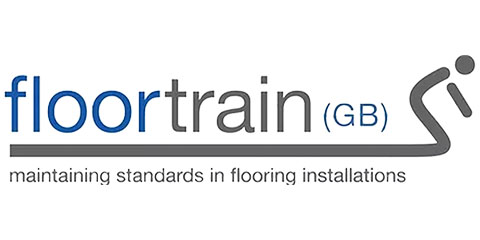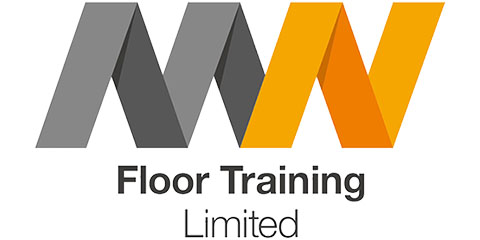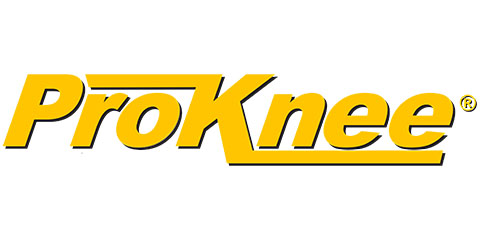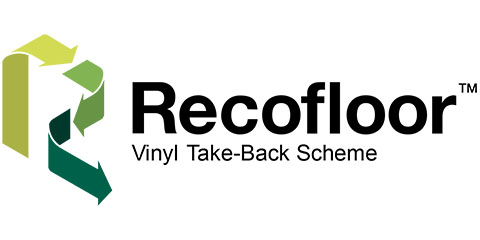How to Level a Concrete Floor
20th Dec 2022
If you are laying a new floor covering, such as carpet or linoleum - it’s a good idea to look at the subfloor's condition - take some time to repair the subfloor if required or t simply sort out any bumps or imperfections. There are plenty of products on the market to help you achieve a completely even concrete floor - with Floor Levelling Compound being the easiest and best way to sort out a concrete floor. It’s not that difficult to do either, as l; as you have some of the right tools, it’s achievable for most people.
Concrete Floor Prep
The first thing to do is to lightly spray the concrete floor before cleaning, meaning that dust particles will be wet and won’t fill the room. Sweep the floor thoroughly unless you have a commercial vacuum cleaner which is up to hoovering concrete particles. Use this as an opportunity to survey the floor, looking for any areas of the floor which cannot be repaired with a self-levelling compound, which has an application thickness of on average 5-6mm. Any holes which require further and deeper repair will need a concrete repair compound.
Sealing a Concrete Floor
Using an old paintbrush, apply a PVH-based adhesive or an acrylic primer - then give this time to dry. This ensures that the levelling compounding sticks to the surface of the floor and works. It’s a good idea to wear knee pads during this work, as levelling a concrete floor often means a lot of time spent on the knees.
How much levelling compound to use?
Work out the size of the room in square metres, then work out the average thickness of the compound you need to apply. Then consult the manufacturer's guidance, which will be on the packaging of the compound.
Mix the Compound
Overalls and PPE is a good shout for when mixing levelling compounds. Ensure that you follow exact manufacturer guidelines to achieve the right mix and consistency for application. It’s also good to lay down a groundsheet or tarpaulin where you are mixing. If the product is a powdered levelling compound, you will need to add water to make it into a pourable solution. An alternative to the powdered mixture is latex modified self-levelling compound. You will need a power mixer to mix the compound.
Spread the Compound
Once you start to spread the levelling compound, it’s essential to start and finish the job in one go. This is because the self-levelling compound is tough to handle when it’s hardened. Remember to start at the furthest point away from the door in the room. Use a trowel to level the compound as it is laid. As long as the floor has been sealed correctly and you have followed instructions in mixing, any trowel marks should disappear quickly.
Leave to dry
Self-levelling compounds are pretty quick to dry and start to harden and dry immediately. Usually, they can be walked on and worked on within a few hours. Check the manufacturer's recommendations before laying a covering, such as an underlay.










